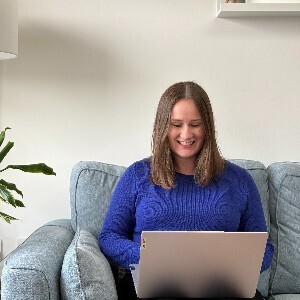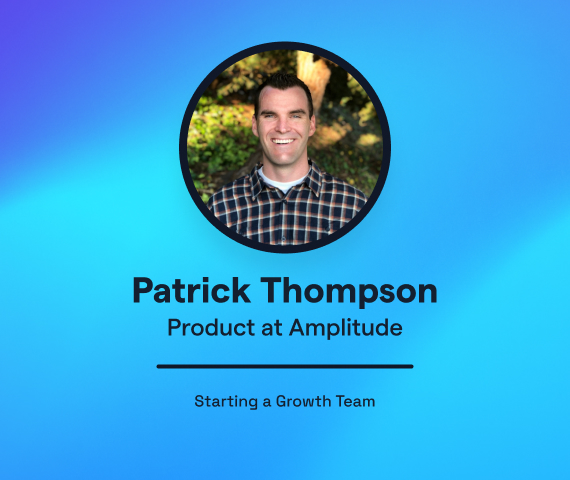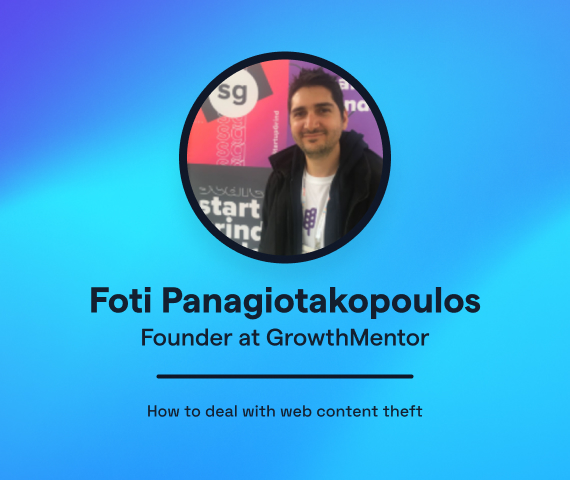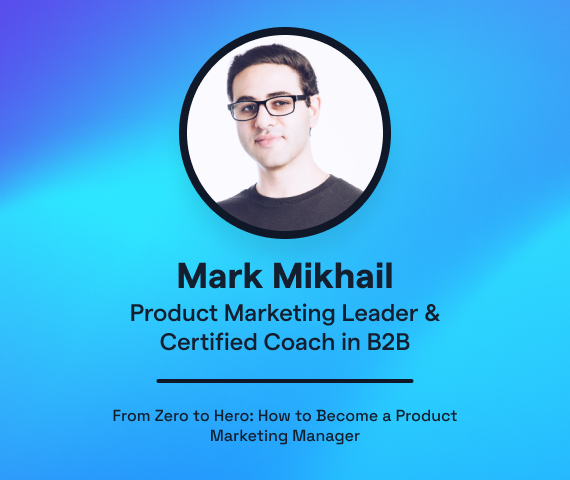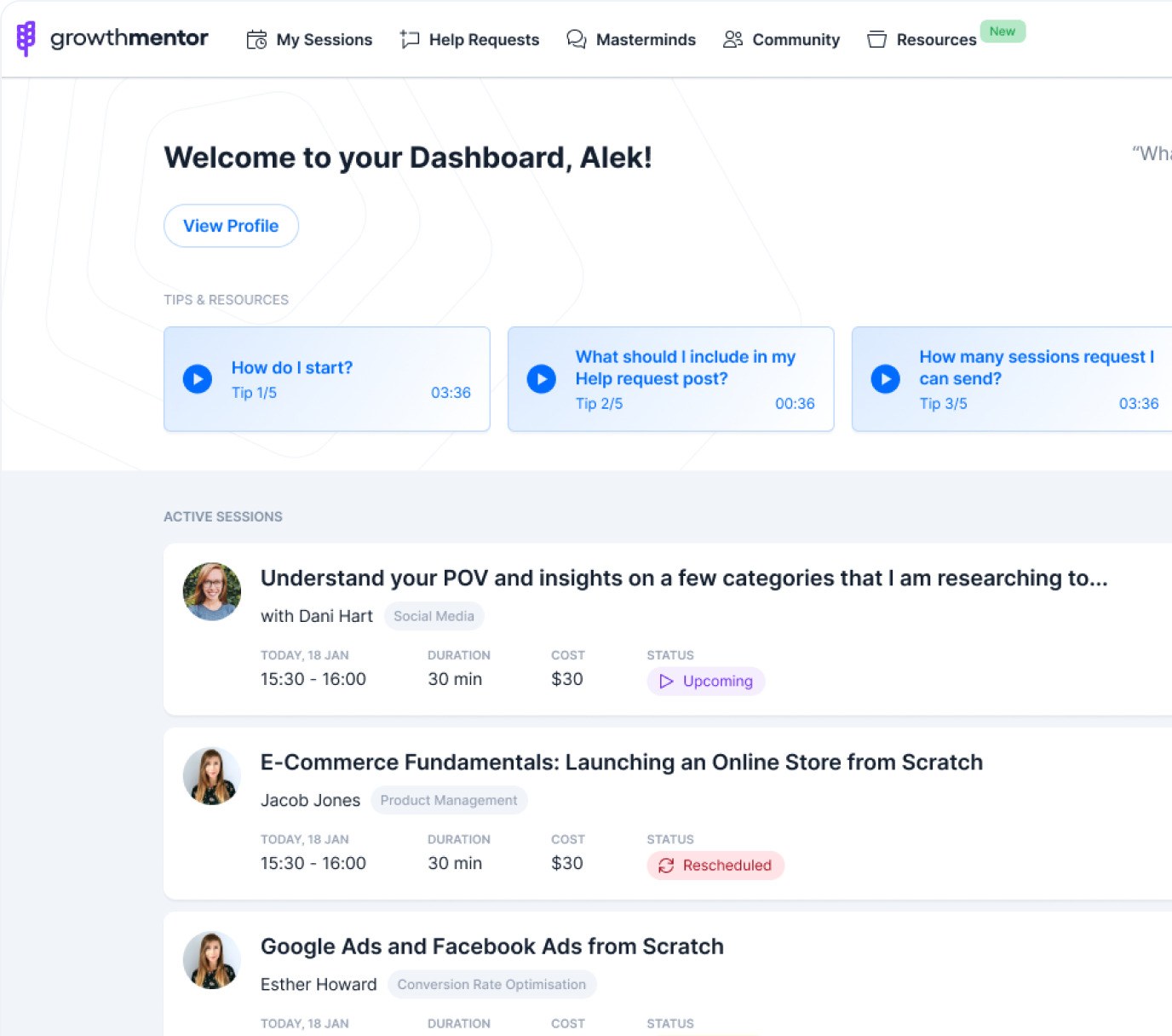The Research Theater Trap: Why Smart Marketers Avoid the 2-Minute Solution That Actually Works
Weekends analyzing competitor newsletters. Charts, spreadsheets, color-coded frameworks. I thought I was being strategic.
I was scared to ask my audience what they wanted.
During my recent GrowthMentor call, I watched a 20-year-old marketing intern crack this same code in real time. She’d spent weeks analyzing sustainability newsletters, trying to figure out what her podcast audience wanted to hear. Then she realized the solution was hiding in her very first suggestion, the one she’d buried under all that research because it felt too simple to trust.
When Smart People Choose the Hard Way
Ivy runs content for a plastic recycling company that had let their podcast go dormant. Six episodes over two years, then silence. Her job: bring it back.
Her manager had armed her with industry newsletters to analyze. Competitor research. Market reports. She was drowning in insights about what sustainability experts thought other sustainability experts should be talking about.
“There are a lot of options there,” she told me, exhaustion creeping into her voice. “It’s difficult to narrow it down.”
I recognized the symptoms immediately. Smart person. Good instincts.
Completely paralyzed by analysis.
This is research theater, the elaborate performance we put on to avoid the vulnerability of asking our audience what they want.
The Expertise Trap
Here’s the psychology: The more we know about an industry, the less likely we are to ask basic questions.
Ivy knew plastic recycling. She’d studied the market, understood the technical challenges. But she was hesitant to post a simple LinkedIn poll asking her audience about their priorities.
Why?
Polling feels amateur when you’re trying to establish credibility. Research feels professional. It generates artifacts you can point to. It looks like work.
But here’s what I’ve learned across dozens of mentoring sessions: Research theater feels productive even when it’s completely directionless.
When you’re new to a role, asking your audience what they want feels vulnerable. What if they don’t respond? What if the answers are obvious? What if you look unsophisticated?
The irony? This vulnerability is exactly what makes it work.
The Question That Changed Everything
Ten minutes into our call, I interrupted her explanation of newsletter analysis methodology.
“Have you thought about asking them?”
She paused. “What do you mean?”
“LinkedIn polls. Ask your audience what they want to hear about.”
The silence stretched.
Then: “That’s so funny. That’s so funny because that’s the first thing I suggested to my manager.”
There it was. She already knew the answer. She’d buried it under weeks of research because it didn’t feel complicated enough to be a real strategy.
This is the moment I see in almost every session when someone realizes they’ve been avoiding their own best instinct because it felt too simple.
What Actually Works
When you ask your audience directly what they want to hear about, something powerful happens. Not only do you get immediate insights, but you also create engagement. People who participate in polls become invested in the content you create from their answers.
The previous episodes of Ivy’s podcast had gotten many downloads each on Spotify, which, as I told her, is actually really good for a sustainability podcast with an established audience.
Want to try this yourself? Here’s the framework:
Open LinkedIn. Create a poll. Ask one specific question about your biggest content assumption.
Not “What content do you want?” Too broad.
Try: “What’s the #1 thing preventing you from [specific outcome your audience wants]?” or “When you’re struggling with [your topic], what’s your first instinct: A, B, or C?”
Post it. Wait 48 hours.
Watch your assumptions crumble.
The Hidden Cost of Getting Sophisticated
The real transformation wasn’t about metrics. It was about Ivy’s confidence.
“I used to think I needed to become an expert before I could create content,” she realized during our call. “But my job is to ask the right questions and let the experts in my audience provide the answers.”
This mindset shift changes everything: from trying to know all the answers to being brave enough to ask the right questions.
I see this pattern everywhere. B2B founders who spend months analyzing competitor messaging instead of asking prospects about their pain points. Consultants who research thought leadership topics instead of surveying clients about daily frustrations.
The research always feels productive.
The results rarely change behavior.
Most content creators I mentor spend 90% of their time researching and 10% validating. The ones who grow fastest flip that ratio.
The One Question That Cuts Through Everything
Before your next content brainstorm or competitive analysis session, ask yourself: “Am I researching something I could ask about?”
If the answer is yes, you’re probably doing research theater.
The most successful content creators I work with don’t avoid research entirely. They do it backward. They start with audience questions, create content based on the answers, then research to add depth and credibility.
Research becomes supporting evidence, not the foundation.
The solution you need might be hiding in your own first instinct, the one you’re researching yourself out of because it feels too obvious to work.
What simple question are you afraid to ask?
